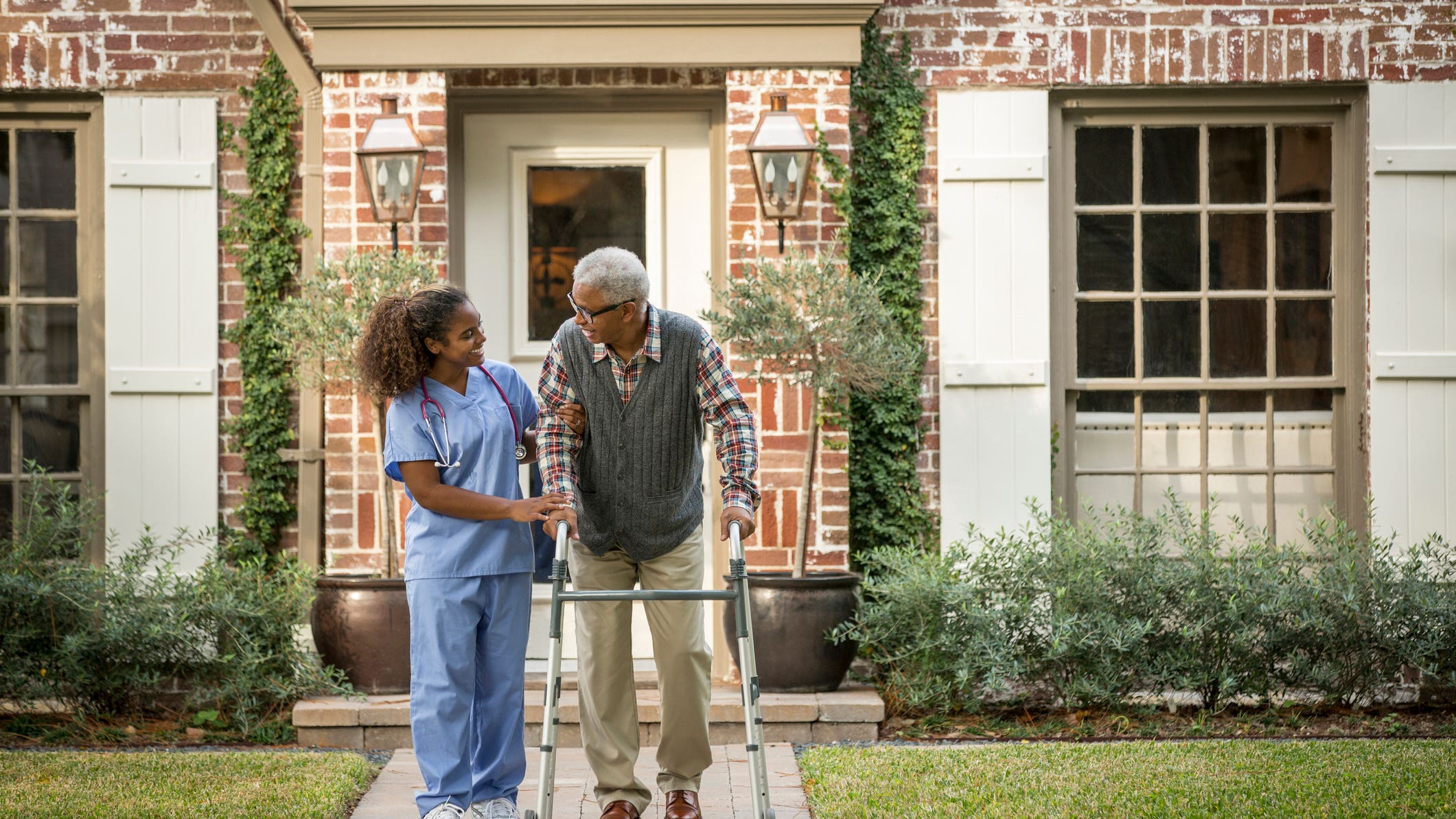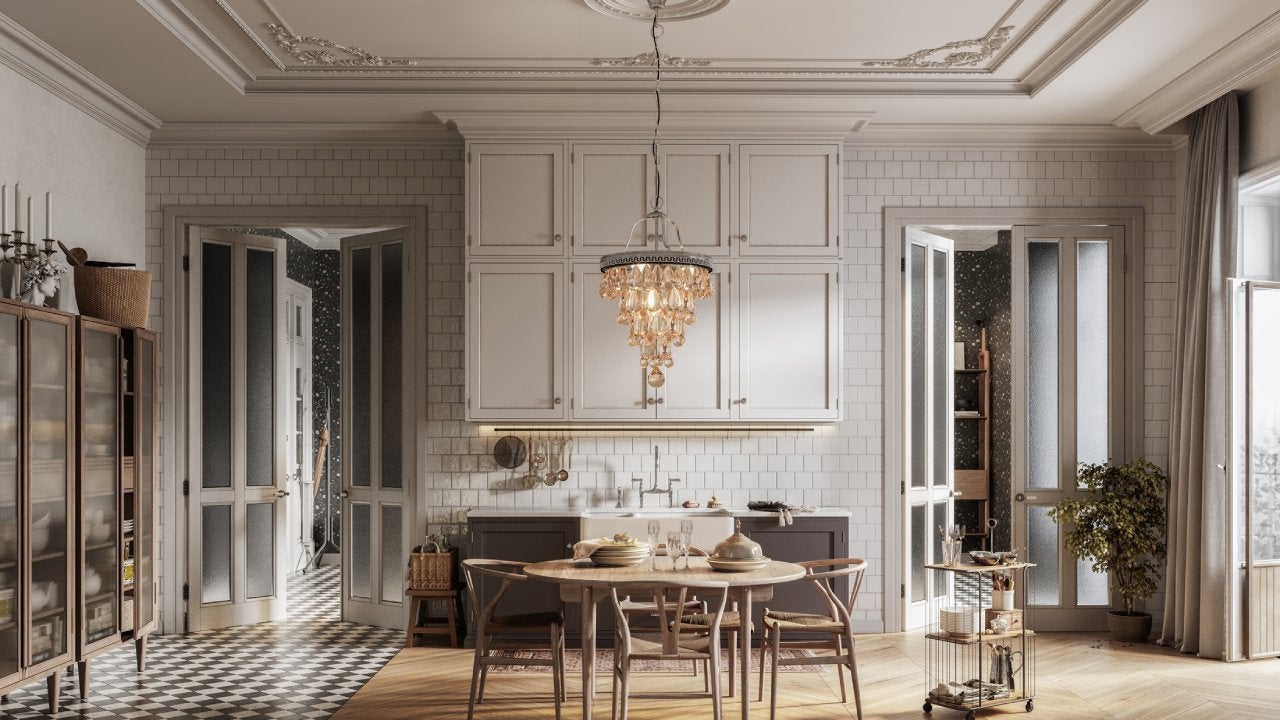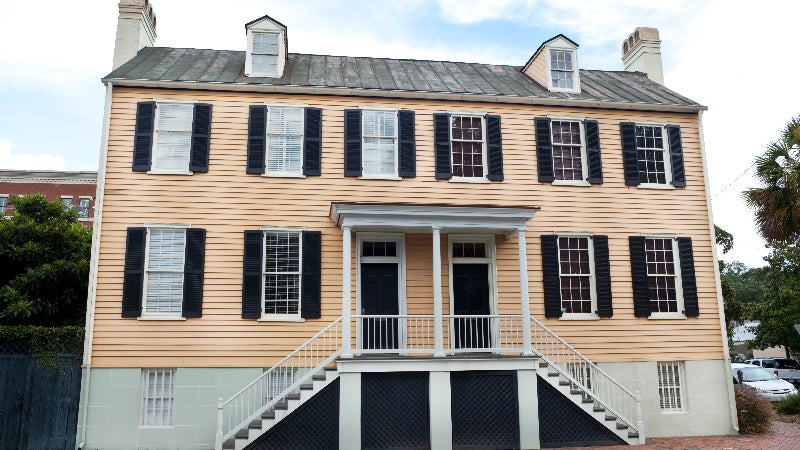How do aging-in-place remodels affect a home’s value?

Aging-in-place is becoming increasingly popular among a graying population — and that means seniors and middle-aged people are having to alter their homes significantly, to make life in them easier and safer. In the short run, completing these home modifications is often cheaper than moving to assisted living or a nursing facility — but how do they affect a home’s resale value in the long run? Is the impact on purchase price positive, negative or a net wash? Read on for insights to help you decide whether these conversions make financial sense, either for you or for those who will inherit this major asset.
What are aging-in-place remodels?
Aging-in-place remodeling involves physically changing your residence, removing potential hazards and making features more accessible, so you can continue living in it independently. These “home modifications,” the official term for changes to assist the elderly and disabled, can range from something as small as a hands-free faucet to as large as a ground-floor suite.
Installation for these features can add up, according to Dennis D. Gehman, president of Gehman Design Remodeling in Harleysville, Penn., and a Certified Aging-in-Place Specialist — though of course they’ll vary, depending on individual models and brands, and local labor costs.
| Features | Cost Estimates |
|---|---|
| Installing a stair lift | $6,000-$12,000 |
| Converting a first floor living space into a bedroom/bathroom | $100,000+ |
| Converting a tub to a shower | $1,800-$2,500 or more |
| Installing grab bars in one bathroom | $600-$750 |
| Widening a doorway | About $2,000-$2,500 per door |
| Replacing cabinets with pull-out drawers | $1,000 or more each |
| Replacing door hinges with off-set hinges | $20-$250 per door |
| Installing an exterior ramp | $1,500-$1,800 (temporary) to $22,000+ (permanent) |
| Converting to rocker light switches throughout home | $1,500-$2,000 |
| Converting to a touch-free faucet | $1,000-$1,500 |
| Installing an elevator | $80,000 minimum |
| Source: Gehman Design Remodeling | |
How do home modifications affect home value?
Spending money that allows one to remain in a familiar, beloved home is important — for the present. But how do these investments affect its worth and value in the future — especially given that most home renovations don’t recoup their cost at resale?
“Aging-in-place modifications done right are a definite value-add,” says Kurt Clason, CGR, CAPS, President at Clason Remodeling Company and Remodelers Chair, the National Association of Home Builders (NAHB). To do it right — that is, improve resale value — Clason and Gehman both suggest following universal design principles rather than Americans with Disabilities Act (ADA) accessibility standards.
Required for new commercial buildings and multi-family dwellings, ADA standards focus on functionality and accessibility for the disabled or impaired. In contrast, universal design is not a mandate; rather, it’s an architectural ideal that involves best design practices to accommodate a wide range of people (not only the disabled).
“To me, it’s successful when it can meet the needs of three or four generations all living in the same home,” says Gehman. He notes that homes able to accommodate people of various ages have become more standard. In fact, according to the “What Home Buyers Really Want” March 2021 report from the NAHB, 39 percent of survey respondents prefer a home designed for multiple generations.
As an example, think of a hands-free faucet or dimmer light switches. “We can dim almost every light made right now,” says Clason. “If your mom is working in the kitchen, she can go to full, intense surgery mode to see stuff. Then you could dim it down to a candle glow for dinner. Plus, these lights blend in, so you don’t notice them.”
However, if the modifications are not aesthetically pleasing, appealing, or useful to a general audience, they could hurt the home’s resale value and/or limit its potential market. One prime example is exterior metal ramps, which look unattractive and institutional. Potential buyers who wouldn’t benefit from these features will likely have more trouble visualizing themselves in the space. In fact, they’ll likely view the home as hospital-like and think of the money they’ll need to spend to remove these elements, reducing their offers accordingly.
Which aging-in-place remodels help or hurt home value?
When it comes to a home’s purchase price, all home modifications are definitely not created equal. Here are the biggest enhancers, and the biggest hindrances.
Modifications that improve home value
Many of these changes follow universal design principles but are also perceived as upgrades — a win-win. The top five are the most wanted accessibility features, according to the NAHB respondents.
- Full bathroom on main level
- Doorways at least three feet wide
- Hallways at least four feet wide
- Non-slip floor surfaces
- Entrances without steps
- Lever door handles (instead of knobs)
- Hands-free faucets
- Pull-out drawers (rather than standard cabinets)
- Automated light shades
- Smart lighting system with LED bulbs and rocker light switches, controllable from smartphones
Modifications that decrease home value
If resale value is your priority, try to stay away from these installs.
- Elevator (56 percent of NAHB respondents did not want this feature)
- In-law suite (42 percent of NAHB respondents did not want this feature)
- Permanent exterior ramps
- Chair or wheelchair glides on stairs
- Large grab bars
- Push bars on doors (instead of handles)
- Walk-in bathtubs
Depending on the home in question, some changes may involve too big an investment. “Ninety-five percent of the time, when you’re moving a hallway, one of the walls is load-bearing,” Gehman says. So widening them is probably not worth the cost, which Gehman estimates at upwards of $20,000 or even $50,000. Instead, “it might be time to buy a new house.”
Ways to install aging-in-place changes that won’t affect home value
Don’t worry as much about home modifications detracting from value if the property is outdated throughout, says Gehman. New buyers will likely overhaul the home anyway or be willing to buy as is. On newer builds, though, aging-in-place revamps will be more glaring.
However, some ways to install are more advantageous than others. One idea is to keep changes temporary. For example, instead of permanently widening doorways (which is pricey), replace door hinges with offset hinges, so wheelchairs and walkers can fit, suggests Gehman.
Similarly, buy or rent a modular exterior ramp, which will be easy to install and remove — you shouldn’t need to dig, pour a foundation, or apply for a building permit. If you choose a permanent ramp, put it in the garage so it’s not as noticeable (though that does mean anyone in a wheelchair will not be able to enter via the front door).
While walk-in bathtubs look institutional and cost a lot, walk-in showers are quite the thing these days. Put in a shower that’s 5’x5’ or larger, with a curb-less opening that’s wide enough to accommodate a wheelchair. Include a built-in seat and hand shower, with pre-programmable shower temperature settings. Instead of adding a glass door, consider a shower curtain (requires less strength to handle).
Final word on aging-in-place modifications and home value
Overall, aging-in-place remodels can bolster home value if the modifications look high-end and attractive, rather than institutional. Rather than seeming earmarked for the elderly, they should appeal to all ages; some may even seem like cutting-edge style.
In cases where alterations will evoke anything medical or institutional, go for a temporary approach. If that’s not possible, consider removing the fixtures before listing the home or offering to uninstall them after the closing.
Whatever you do, invest in a quality work. Even if it isn’t permanent, the revamp should never look makeshift. “It’s the same with any home improvement: if it’s done poorly, it can hurt resale value,” says Gehman. And if done well, it might even enhance it.
You may also like

What is a fixture in real estate?

How much does a home addition cost? 2025 estimates

How much does a home appraisal cost?



